Self-Driving Cars Can Now See Beneath The Road Surface With This New System
Aadhya Khatri - Feb 27, 2020
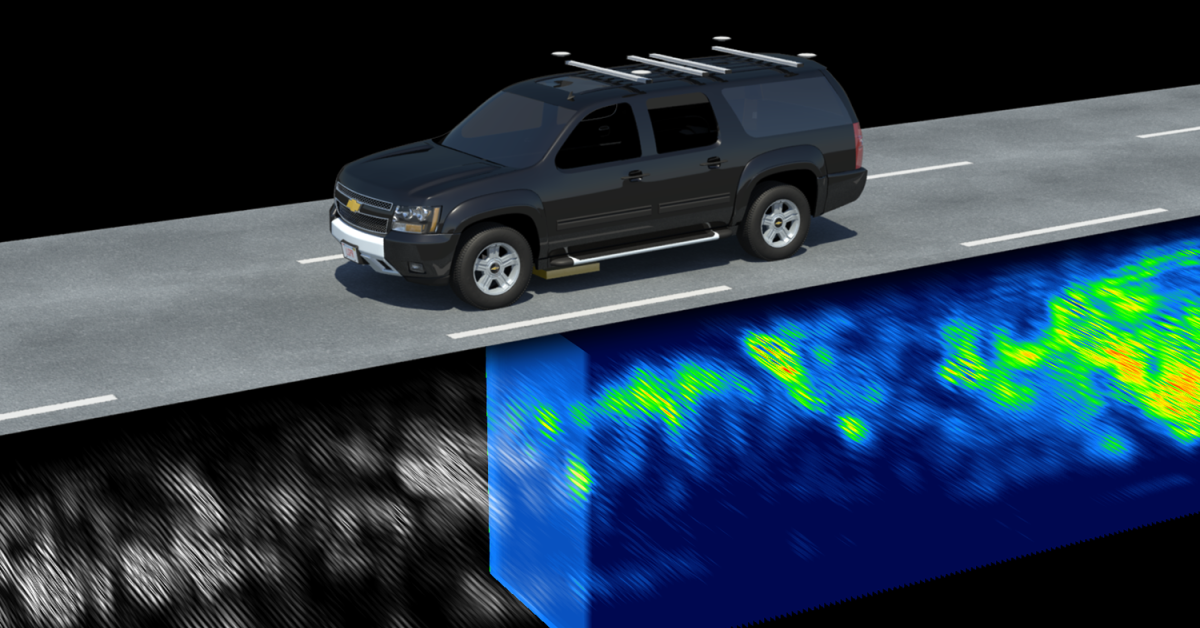
The system of experts from MIT is capable of creating a map of what lies 1.8 meters beneath the self-driving cars in real-time
- Tesla Robotaxi Finally Hits the Streets: $4.20 Rides That'll Make You Hold Your Breath
- Hyundai And Kia Confirmed To Have Ended Apple Car Talks
- Toyota, NVIDIA & Tech Businesses Join Hands To Make Chips For Self-Driving Cars
Self-driving cars still get confused when fog, snow, or other kinds of bad weather block road markings. To deal with this problem, experts at MIT is developing a system that allows cars to “see” through three meters deep underneath it.
Self-driving cars nowadays rely heavily on LIDAR (short for light detection sensor) and cameras to figure out its exact position on the road. The system is effective in most cases, but when bad weathers cover the needed road marks and signs, the cars might get confused and make the wrong decision, which can be a disaster for the vehicle and the passengers inside.
The solution of the Computer Science and Artificial Intelligence Lab at the MIT is called LGPR (stand for Localizing Ground Penetrating Radar), which is capable of creating a map of what lies beneath the vehicle in real-time.
For a human, shoveling up a bunch of dirt under the road surface will have little help with driving better but for LGPR, it can use the information and compare it with the map it has already devised to pinpoint its exact location, without the help from laser or cameras.
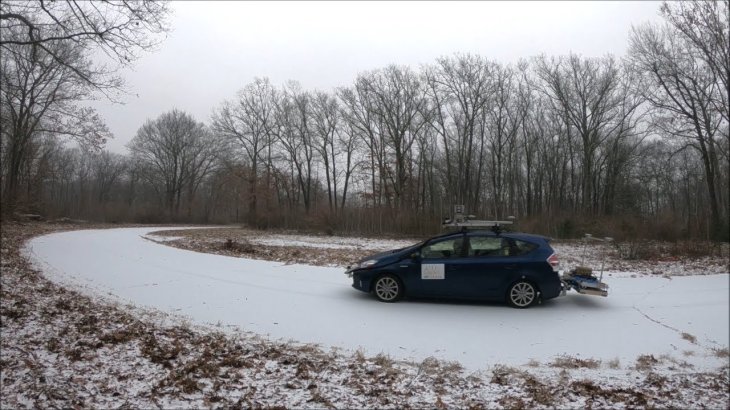
The team released a video of a car with this tech onboard on a private road covered with snow.
LGPR can also work inside a garage as the metal and concrete reinforcements below create a unique imprint for the system to recognize.
The next step for the team is to reduce the size of the system as currently, it has a width of 1.8 meters, too wide to be fixed on self-driving cars, wider than a suit of LIDAR sensors and cameras.
>>> 13 Examples Of Car Modifications That Show Terrible Taste
Featured Stories
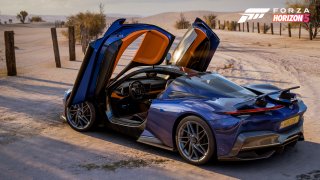
Features - Jul 01, 2025
What Are The Fastest Passenger Vehicles Ever Created?
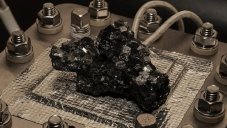
Features - Jun 25, 2025
Japan Hydrogen Breakthrough: Scientists Crack the Clean Energy Code with...

ICT News - Jun 25, 2025
AI Intimidation Tactics: CEOs Turn Flawed Technology Into Employee Fear Machine

Review - Jun 25, 2025
Windows 11 Problems: Is Microsoft's "Best" OS Actually Getting Worse?

Features - Jun 22, 2025
Telegram Founder Pavel Durov Plans to Split $14 Billion Fortune Among 106 Children
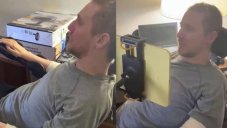
ICT News - Jun 22, 2025
Neuralink Telepathy Chip Enables Quadriplegic Rob Greiner to Control Games with...

Features - Jun 21, 2025
This Over $100 Bottle Has Nothing But Fresh Air Inside

Features - Jun 18, 2025
Best Mobile VPN Apps for Gaming 2025: Complete Guide

Features - Jun 18, 2025
A Math Formula Tells Us How Long Everything Will Live

Features - Jun 16, 2025
Comments
Sort by Newest | Popular